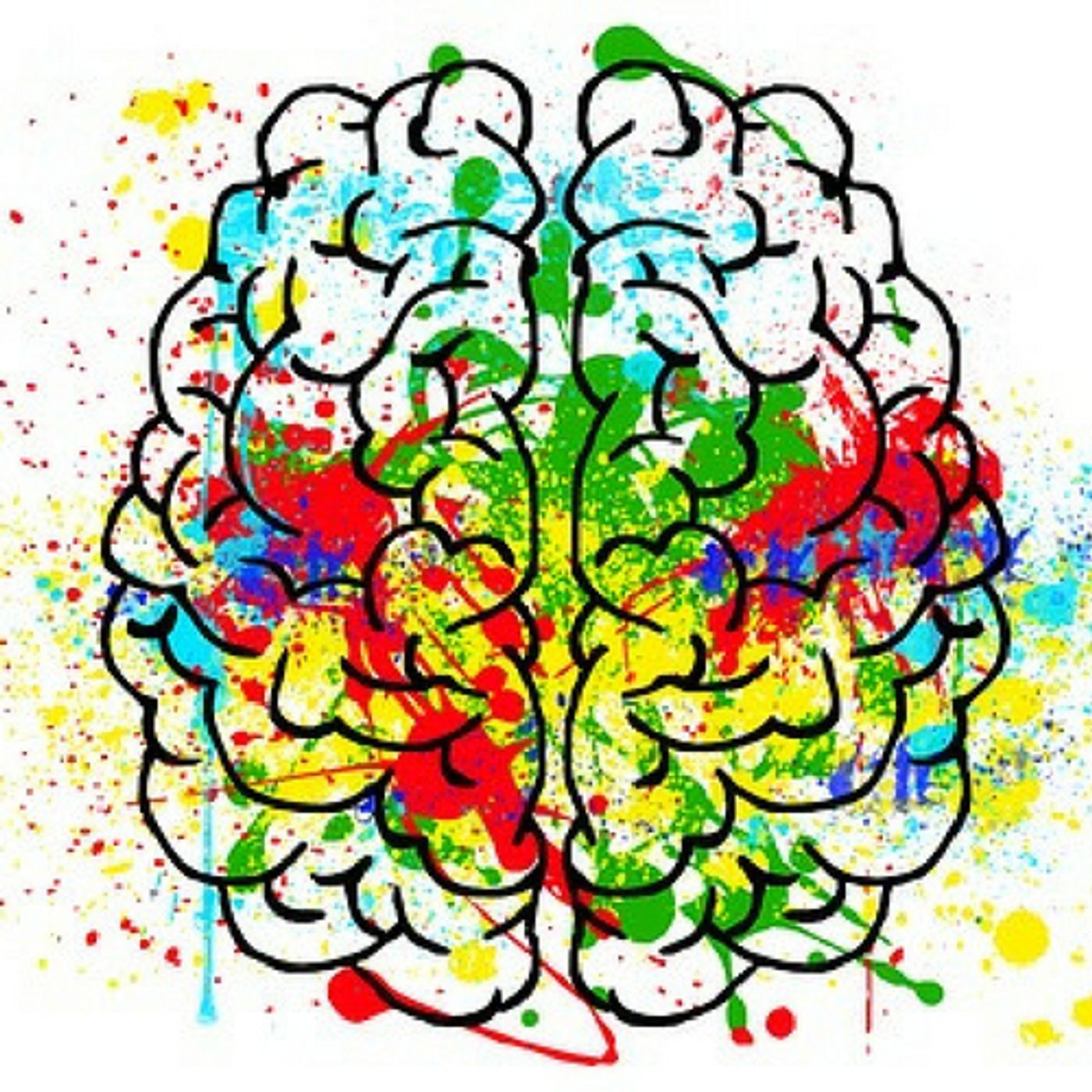What is Neurodiversity?
Diversity is a term that might bring to mind groups of people in an organization that are different in some way. In the workplace, it typically means that people of various races, genders, and backgrounds are among the employees. On college campuses, it can be similar, but many schools strive for geographical diversity or academic diversity, wanting a community made of up students from different parts of the country and with a variety of skills, interests, and fields of study.
Diversity is essential in science as well. In neuroscience specifically, more attention is being paid to neurodiversity. Neurodiversity is the concept that certain neurological conditions, such as ADHD or autism are more than just a disability. Many researchers believe that some conditions that involve the brain are double-edged. They might result in some difficulties for those who have them. However, some of these conditions are being seen as a plus, in certain situations.
The term neurodiversity has been around since 1998, when Harvey Blume wrote an article for The Atlantic about Silicon Valley and its "Geek Force" of workers who, while brilliant and hardworking, were very often on the autism spectrum. Neurodiversity was coined as a term to explain how people whose brains are wired differently than neurotypicals (NTs) have much to offer their communities and workplaces.
A parody organization, the Institute for the Study of the Neurologically Typical (ISNT) was the subject of blog posts and Internet humor for years. Mostly, it's a movement in the neuroscience community to see autism as a gift, rather than a disorder. In a 2008 paper, Scott M. Robertson of Penn State and Ari D. Ne'eman of Autistic Self Advocacy Network (ASAN) wrote, "Although autistic people acknowledge great challenges with being autistic, they also recognize that autism presents important strengths, talents, abilities, and gifts, such as comfort with structure and consistency, a knack for repetition, and a detailed, intricate world understanding."
While most of the medical research on autism seeks to find a cause and treatment, many who have autism do not agree with that approach. To some, research that suggests autism could be detected and eliminated before birth is highly offensive. Common behaviors seen in those with autism can be hand-flapping, rocking, repetitive motion and extreme attention to detail. Autism advocates suggest that instead of all the research focusing on how to put a stop to these behaviors, more should be done to understand why they happen and what a person with autism is getting from the actions.
Heather Heying, an evolutionary biologist, is a proponent of neurodiversity studies and the inclusion of those who are not NT in more places. She told the Big Think, "Being born with what the world is calling a deficit is almost always going to exist in a trade-off relationship with some often hidden strength." Cognitive diversity often exists alongside neurodiversity and refers not to any neurological deficit, but rather a variety of skills needed in any organization. Cognitive diversity asserts that there should be people with different skills and strengths for a company or environment to succeed. Writers and computer programmers may have skills that are very different, but each has something to offer when part of a diverse whole. Check out the video below for more information from Heying on neurodiversity and what it means.
Sources: The Big Think Disabilities Studies Quarterly The Atlantic









